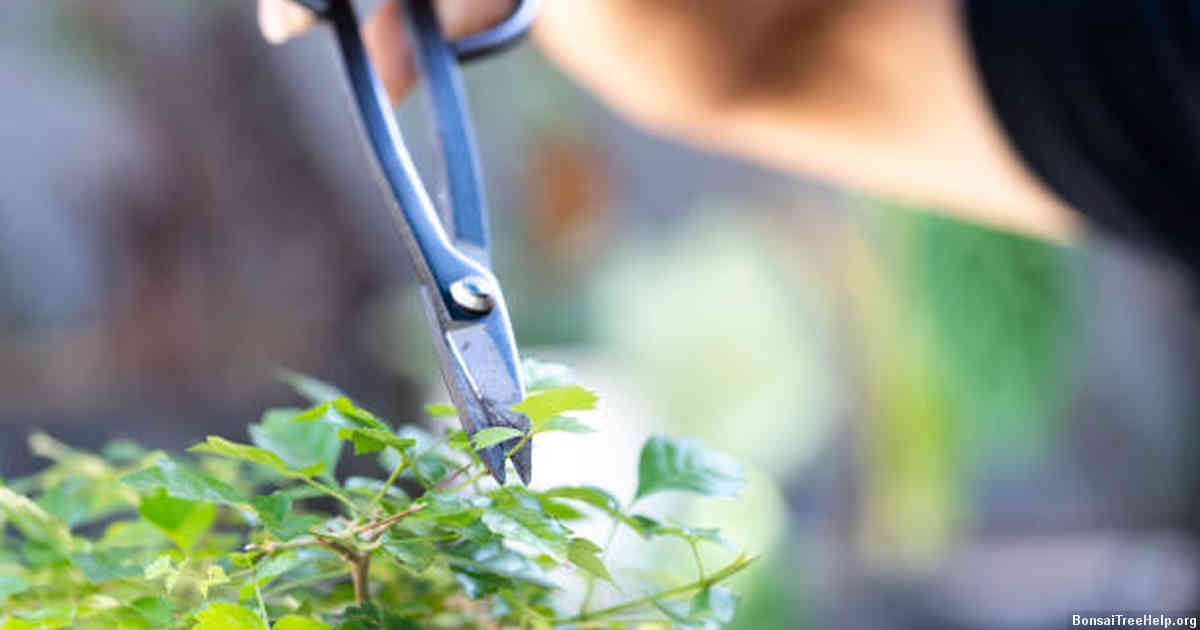
Yes, bonsai is Chinese. This art form has been practiced in China for centuries and was even featured in the Tang Dynasty period of 618-907 AD. Bonsai originated from an ancient Chinese horticultural practice called penjing, where intricate living sculptures were created by pruning trees or plants into desired shapes. These artworks were often displayed in grandiose palace gardens as a sign of nobility and distinction. Later on, with the spread of Buddhism to Japan in the 6th century, Buddhist monks brought this Chinese tradition of creating miniature trees to Japan, where it quickly gained popularity among the upper classes and eventually became known as bonsai.
Contents:
- Origins and Early History of Bonsai
- The Art of Bonsai: Techniques for Creating Elegant Miniature Trees
- Key Characteristics of Chinese Bonsai: Trunk Styles, Branching Patterns, & Leaf Shapes
- Similarities & Differences Between Chinese, Japanese, and Korean Bonsai Traditions
- Debunking the Myth About Bonsai Being a Solely Chinese Artform
- Globalization of Bonsai: How Different Cultures Mix and Match Techniques to Create Unique Styles
- Future Directions for Exploring the Fascinating World of Bonsai
Origins and Early History of Bonsai

The origins of bonsai can be traced to ancient China, where horticulturalists practiced the art of growing small trees in containers for decoration. In fact, the Chinese were practicing this centuries before Japan ever adopted the concept and took it to the level that is so well-known today. During this time period, only royalty and nobility could afford these miniature trees and would often use them as a symbol of their power and prestige.
In time, they began changing their approach towards the practice by selecting plants more carefully and training them in various ways to create different shapes. This eventually led to increased popularity among regular citizens as more people became interested in growing their own bonsai trees at home. Eventually, others outside of Asia also started taking note and applied similar techniques when developing their own styles of container gardening with miniature plants.
Over time, new techniques such as wiring branches into aesthetically pleasing designs or combining several species into one pot came about which made the hobby even more appealing for many enthusiasts worldwide today. As a result, there are now dozens upon dozens of different varieties available from almost every continent in some form or another – thanks largely due to its early Chinese beginnings.
The Art of Bonsai: Techniques for Creating Elegant Miniature Trees
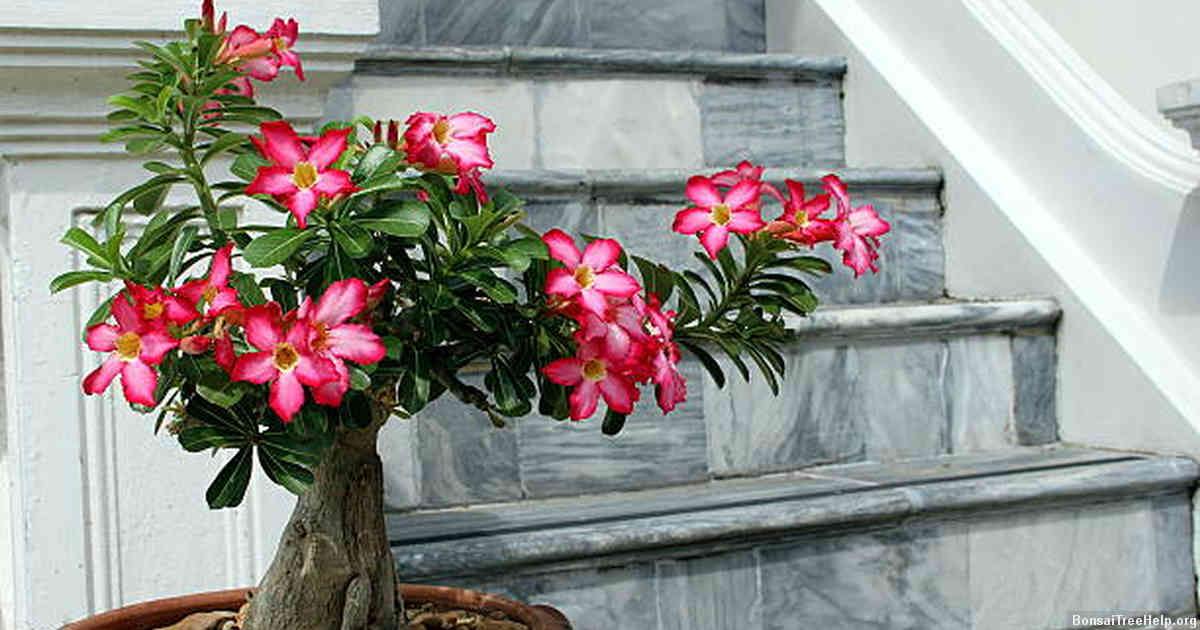
The art of bonsai is an ancient craft, originating from East Asia. The practice involves shaping and pruning trees to achieve the desired shape and size, with each tree having its own unique form. While Chinese culture may have a long history in this craft, it is not limited to just China – Japanese bonsai can also be found.
This particular style of gardening calls for patience, dedication and an understanding of how plants grow naturally. It requires fine attention to detail and artistic vision as well as knowledge on how to correctly prune and trim a plant. A significant part of the process is also making sure that the environment around the bonsai tree remains healthy so that it can remain alive for many years without any major difficulties.
Developing a successful bonsai tree can take many years, with some specimens taking over 40 years or more to reach full maturity. Common tools used in creating these miniature works of art include scissors, sharp knives, pliers and tweezers; although some practitioners choose more intricate techniques such as wiring or grafting branches together for more dramatic shapes and looks. Several types of soils are often used depending on species preference when potting these tiny trees as well as specific fertilizers known for promoting healthy growth in smaller spaces over time.
Key Characteristics of Chinese Bonsai: Trunk Styles, Branching Patterns, & Leaf Shapes
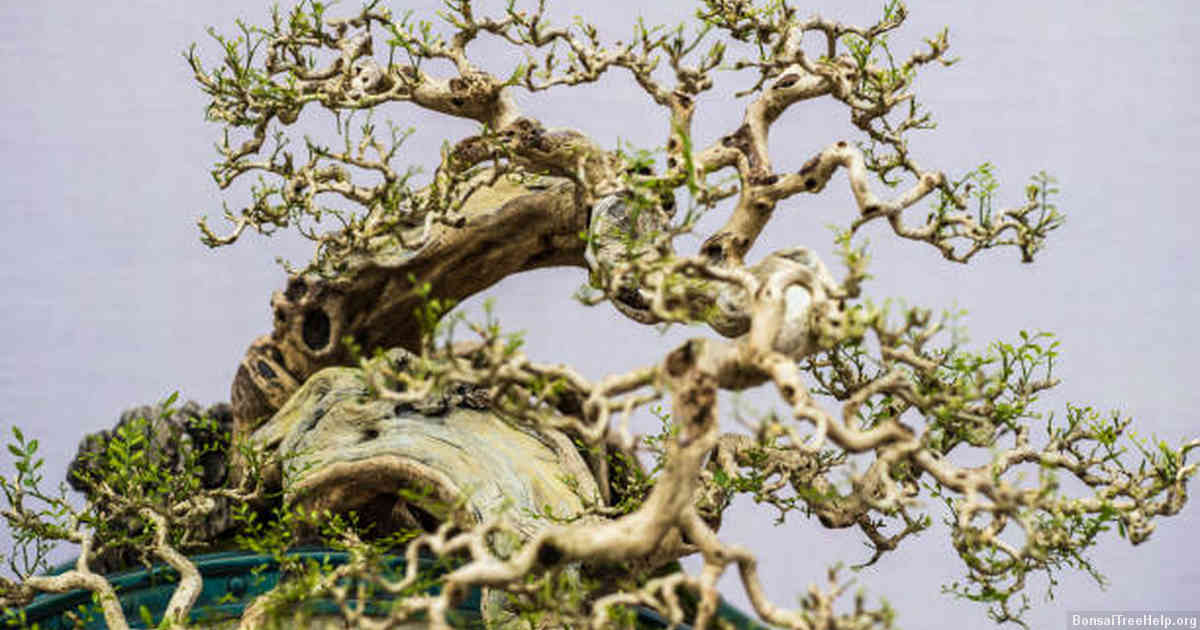
Amongst the different aspects that distinguish bonsai of various cultures, those of Chinese origin have some characteristic features. Trunk styles, branching patterns, and leaf shapes each speak to the overall aesthetic quality of a bonsai tree, and can often provide clues as to its place of origin.
Trunk styles refer to how the main trunk is shaped over time with careful pruning techniques to create an aged look desired by many in their bonsai trees. Commonly employed trunk shaping techniques used on Chinese bonsai include driftwood style, slanting style, windswept style (which makes use of subtle twist patterns) and twin-trunk or clump styling which creates multiple trunks from one tree.
Branch pruning is done for aesthetics – with careful training intended to develop balanced canopy structures that remain true to nature – as well as providing space inside the crown area for light penetration & even growth. The most common arrangement amongst Chinese bonsai is either informal upright or cascade branches – creating elegant cascading curves & pleasing imagery.
Leaf size & shape differ greatly among species used in making chinese bonsai specimens but what generally unifies them is rather small leaves with pointed tips: whether they be flat or needle-like in texture; oval or triangular in form. Due to lack of genetic diversity within species cultivated for thousands of years within China’s gardens (as compared to those found in nature), there are now dwarf varieties available which aid the artform in reducing proportions further still while maintaining larger leaves typically more associated with outdoor trees than indoor plants.
Similarities & Differences Between Chinese, Japanese, and Korean Bonsai Traditions
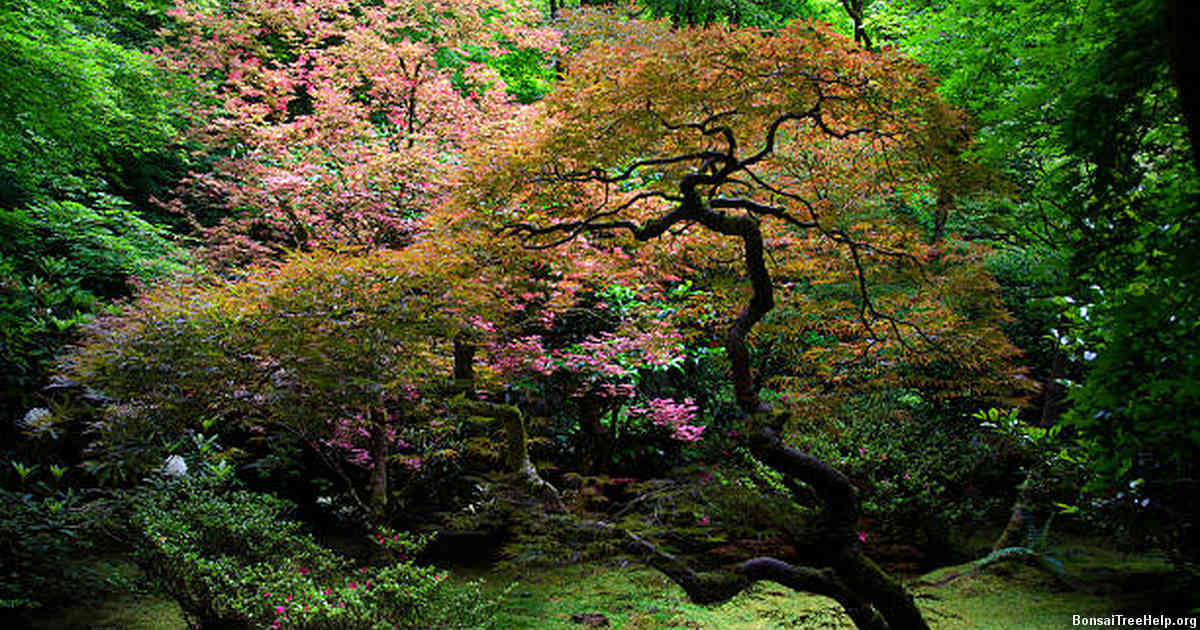
Bonsai is a unique art form that originated in East Asia centuries ago and still captivates practitioners of all ages today. While the term “bonsai” is associated with Japanese culture, it is actually derived from Chinese characters and has been practiced by cultures across the region.
In many ways, Chinese, Japanese, and Korean bonsai traditions are similar. All three feature distinctive miniature trees grown in containers with careful pruning techniques to maintain their shape. Soil composition and water needs also vary depending on type of plant as well as climate conditions. In addition to using traditional plants for cultivation, some practitioners apply principles of bonsai to other species such as cacti or bromeliads.
Still, there are distinct differences between these countries’ approaches. The most prominent example can be seen in design theory – Chinese styles tend to favor more naturalistic curves while Japanese emphasize a more refined geometrical aesthetic. Then there is setting – known as ‘dashi’ in Japan – which involves arranging structures like stones around the container for atmosphere or metaphorically balancing forces called yin-yang. This practice has evolved differently across all three cultures over time leading to varied presentations even within individual countries let alone intercontinental comparisons.
Debunking the Myth About Bonsai Being a Solely Chinese Artform
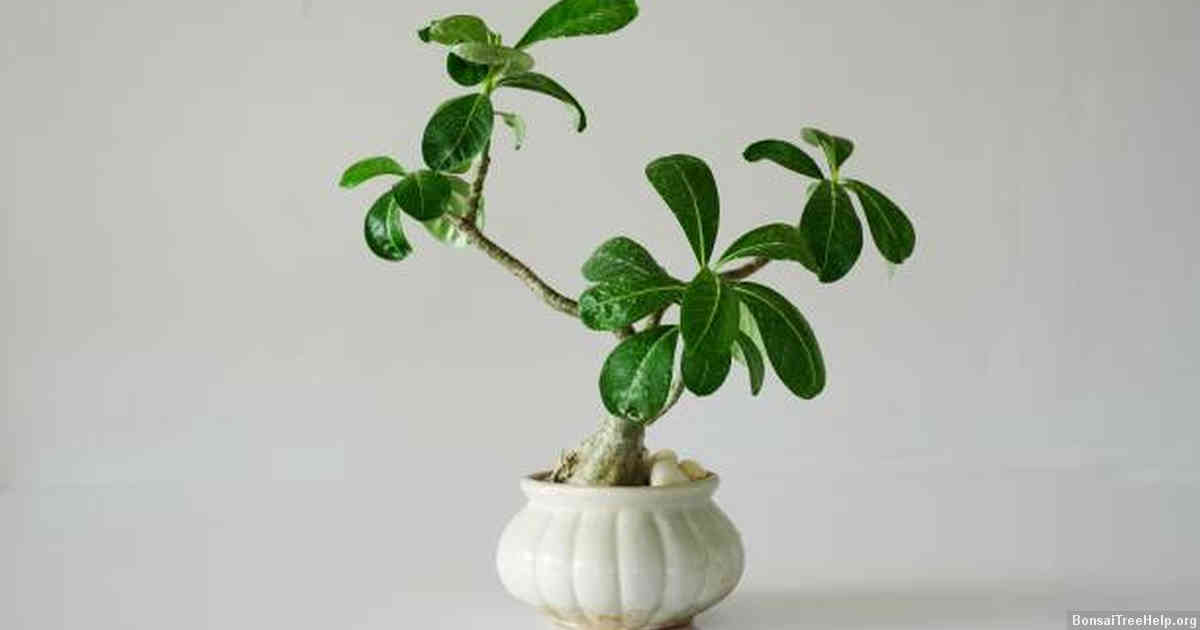
Despite its popularity, bonsai is not just a Chinese art form. Though China was instrumental in helping the practice gain notoriety around the world, this creative styling of trees actually has many diverse roots stretching all over Asia and beyond.
The term bonsai originates from Japan where it was first used to describe small potted trees that had been styled and pruned carefully by its owner. This term later spread to other countries including China and Taiwan where its popularity began to flourish. While similar styles of tree shaping can be seen throughout East Asia, it wasn’t until around 1750 when records of westerners visiting Japan started becoming more commonplace that the rest of the world got a glimpse into this ancient tradition.
In addition to borrowing some of their knowledge from Japan, those practicing bonsai in China also have their own unique practices which often differ from Japanese counterparts; with added emphasis being placed on traditional Chinese elements like balance, harmony, and rhythm as opposed to nature-like designs favoured by Japanese practitioners. Hence for these reasons alongside many others, one cannot deny that despite originating in Japan, China too has played an important role in making the tradition become so widely celebrated today worldwide – especially considering how much of the global population hails from this region.
Globalization of Bonsai: How Different Cultures Mix and Match Techniques to Create Unique Styles

In recent years, bonsai has become an increasingly popular hobby worldwide. Yet many people don’t realize the history of this art goes back centuries ago to China. Although today’s practice is still influenced by its Eastern origins, cultures from around the globe have developed their own special techniques to create individualized and personal styles.
By weaving together traditional Chinese methods with those from other countries, practitioners from places like Japan, India and even European countries have each created one-of-a-kind takes on bonsai for all to enjoy. In Japan for instance, where it’s now seen as a form of Zen gardening, emphasis is placed on generating harmony between man and nature – through careful pruning and shaping along with meticulous placement of plants in proper contexts – so that a piece ultimately conveys balance and unity when fully formed.
For its part though Europe has had some very unique practices too; certain regions place special importance on aesthetics such as fullness or size ratios while others adhere more closely to classical approaches which feature sparse designs that celebrate imperfection. There are so many ways different cultures can express themselves through the medium of bonsai which continues to evolve over time just like any other language or artistic style does.
Future Directions for Exploring the Fascinating World of Bonsai

In recent years, bonsai has become an increasingly popular hobby. From novice enthusiasts to master gardeners, people of all ages are taking advantage of this incredible art form, which allows us to shrink natural elements down into miniature versions of themselves. And while many associate the practice with China and Japan’s history, bonsai is in fact a hybrid craft that draws on various traditions from East Asian countries.
Given its growing popularity and increasing awareness across the globe, there are countless possibilities for exploring the world of bonsai in more creative ways. There is already evidence of artisans applying 3D printing technology to create intricate designs for new pots or tools for cultivating these plants – providing fascinating opportunities for experimentation beyond traditional pottery techniques. Moreover, advances in hydroponics could enable indoor gardens where environmental conditions can be closely controlled to maximise growth – giving rise to even more elaborate displays and remarkable artistic creations.
Given its unique ability to capture nature’s beauty within a small frame, there remains potential for using bonsai as a platform for expression – whether it be through photography or modern digital media such as augmented reality (AR). By integrating AI technologies into mobile apps or interactive kiosks at public spaces like parks or museums, one could unlock access to rich information about each particular tree species as well as exciting personalised experiences tailored towards each visitor’s interest – delivering unprecedented immersion into this captivating realm.
Leave a Reply